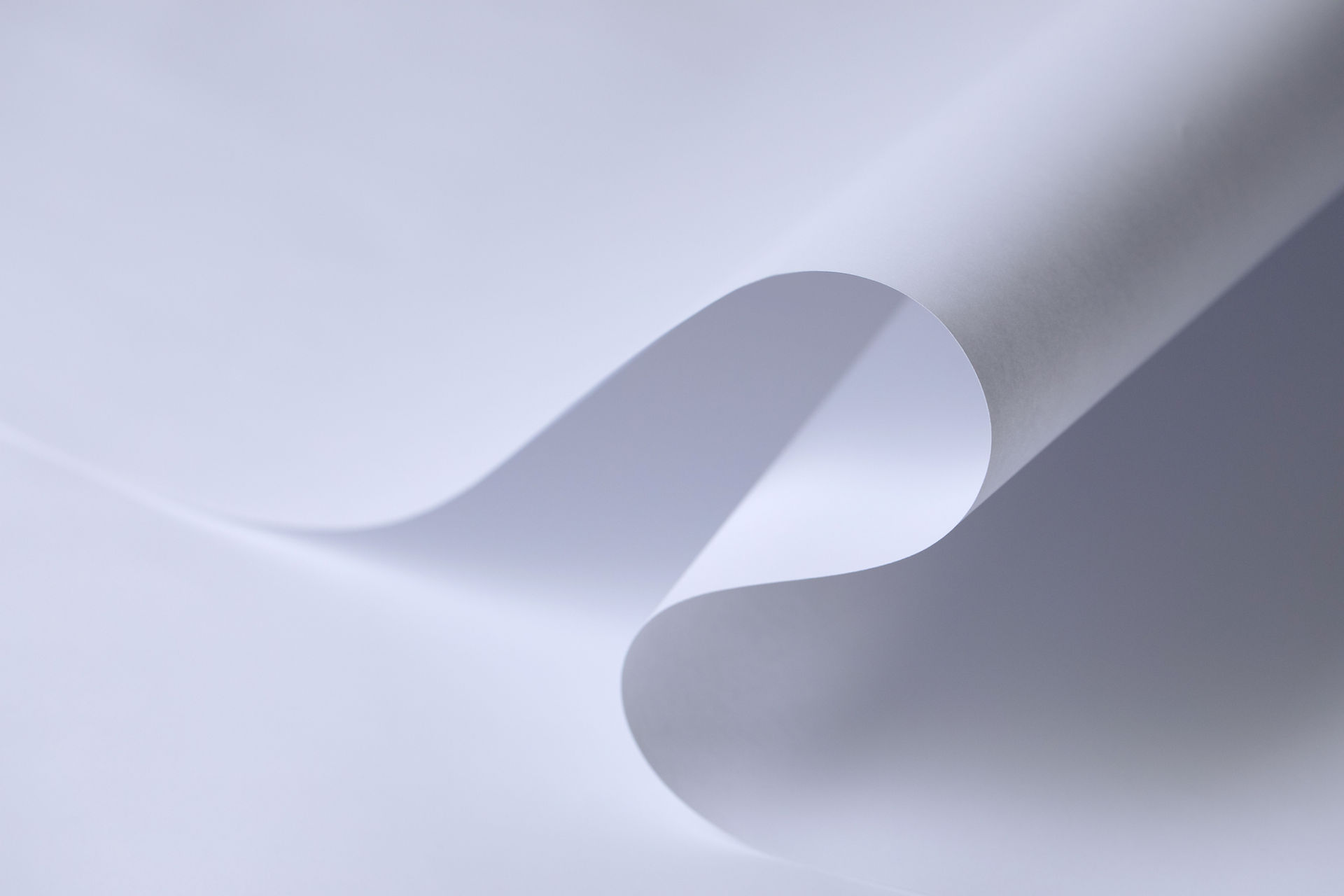The Ghibli Art Phenomenon in ChatGPT: How It Captivated India
- Team DRS
- Apr 6
- 4 min read

In recent weeks, the Indian digital landscape has been abuzz with a captivating trend: the transformation of personal photos and popular memes into the enchanting style of Studio Ghibli using ChatGPT's latest image generation capabilities. This fusion of advanced AI technology with the nostalgic charm of Ghibli art has not only sparked widespread enthusiasm but also ignited discussions on creativity, ethics, and the future of art in the age of artificial intelligence.
The Allure of Studio Ghibli's Artistry
Studio Ghibli, the renowned Japanese animation studio founded by Hayao Miyazaki, has long been celebrated for its distinctive hand-drawn animation style. Films like "Spirited Away," "My Neighbor Totoro," and "Kiki's Delivery Service" have left an indelible mark on audiences worldwide, including a substantial fanbase in India. The studio's art is characterized by lush backgrounds, whimsical characters, and a profound attention to detail that evokes a sense of wonder and nostalgia.
ChatGPT's Leap into Image Generation
OpenAI's introduction of GPT-4o marked a significant advancement in AI capabilities, extending beyond text generation to include native image creation. This update allows users to input text prompts and receive corresponding images, bridging the gap between language and visual art. Among the myriad of styles available, the Ghibli-inspired transformations have garnered particular attention.
The process involves users uploading their chosen photographs to ChatGPT and prompting the AI to render them in the style of Studio Ghibli. Leveraging a vast dataset of images and sophisticated machine learning algorithms, GPT-4o analyzes the input and generates an image that mirrors the aesthetic qualities of Ghibli's artwork. This includes the soft color palettes, intricate linework, and ethereal ambiance synonymous with Miyazaki's creations.
Technical Underpinnings of Ghibli-Style Image Generation
Achieving the Ghibli effect within ChatGPT's framework is a testament to the advancements in deep learning and neural network architectures. The model is trained on extensive datasets encompassing various art styles, enabling it to learn and replicate specific artistic elements. When tasked with generating Ghibli-style images, the AI focuses on
Color Schemes: Emulating the pastel and earthy tones prevalent in Ghibli films.
Line Art: Reproducing the delicate and fluid linework characteristic of hand-drawn animation.
Composition: Capturing the balanced and harmonious layouts typical of Ghibli scenes.
This synthesis is achieved through a process known as style transfer, where the content of one image is reimagined in the stylistic framework of another. The AI deconstructs the input image into its fundamental components and reconstructs it by applying the learned Ghibli-style features.
India's Enthusiastic Embrace of Ghibli-Style AI Art
The fusion of cutting-edge AI with the beloved art style of Studio Ghibli has struck a chord with Indian netizens. Social media platforms have users sharing their Ghibli-fied portraits, family photos, and even localized memes. This trend resonates particularly in India due to several factors:
Cultural Appreciation: Indian audiences have a deep appreciation for storytelling and art, making the Ghibli aesthetic particularly appealing.
Technological Savviness: With a burgeoning tech-savvy population, India has rapidly adopted and experimented with new digital tools and trends.
Social Media Engagement: The virality of visually engaging content aligns with the sharing culture prevalent among Indian users on platforms like Instagram, Twitter, and Facebook.
The trend has seen participation from various demographics, from young adults exploring creative expressions to professionals using the tool for innovative projects. The ease of access and user-friendly interface of ChatGPT's image generation feature have further fueled its widespread adoption.
Ethical and Legal Considerations
While the Ghibli-style AI art trend has brought joy to many, it has also sparked debates concerning copyright infringement and the ethical implications of AI-generated art. Studio Ghibli has not officially endorsed the use of its art style in AI applications, leading to concerns about intellectual property rights. Artists and legal experts have raised questions about the legitimacy of replicating a distinct artistic style without explicit permission.
Moreover, the broader discourse on AI's role in creative industries is gaining momentum. Critics argue that while AI can mimic existing art forms, it lacks the intentionality and emotional depth inherent in human creativity. The potential for AI to overshadow or devalue the work of human artists is a pressing concern that warrants careful consideration.

Looking Ahead: The Intersection of AI and Art
The Ghibli art phenomenon in ChatGPT serves as a microcosm of the evolving relationship between technology and art. As AI continues to advance, it presents both opportunities and challenges for the creative community. While tools like GPT-4 democratize art creation and offer novel forms of expression, they also compel us to confront questions about originality, authorship, and the value we place on human versus machine-generated art.
For India, a country rich in artistic heritage and innovation, navigating this landscape will require a balanced approach that embraces technological advancements while safeguarding the rights and contributions of human artists. Engaging in open dialogues, establishing clear legal frameworks, and fostering collaborations between technologists and artists can pave the way for a future where AI and human creativity coexist harmoniously.
In conclusion, the Ghibli art trend in ChatGPT has not only captivated Indian users but also ignited important conversations about the future of art in the digital age. As we stand at this crossroads, it is imperative to approach these developments with both enthusiasm and critical reflection, ensuring that the essence of human creativity remains at the heart of artistic expression.


Comentários